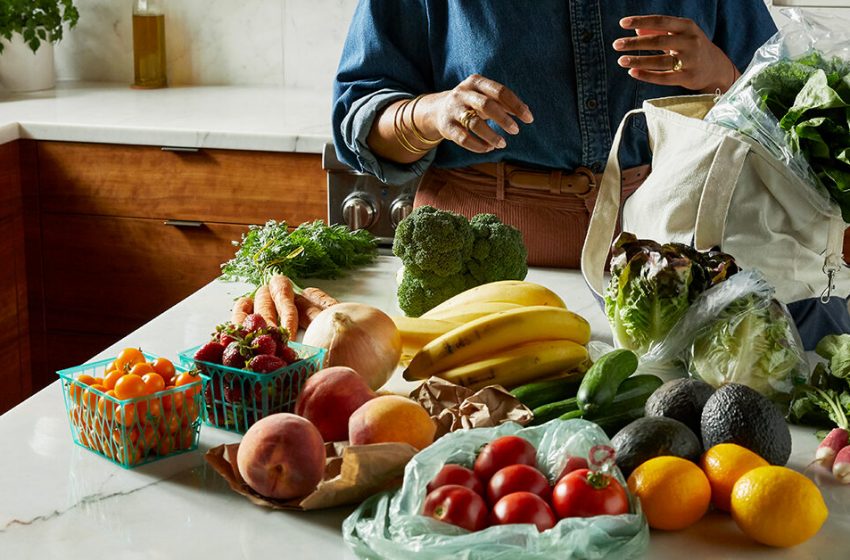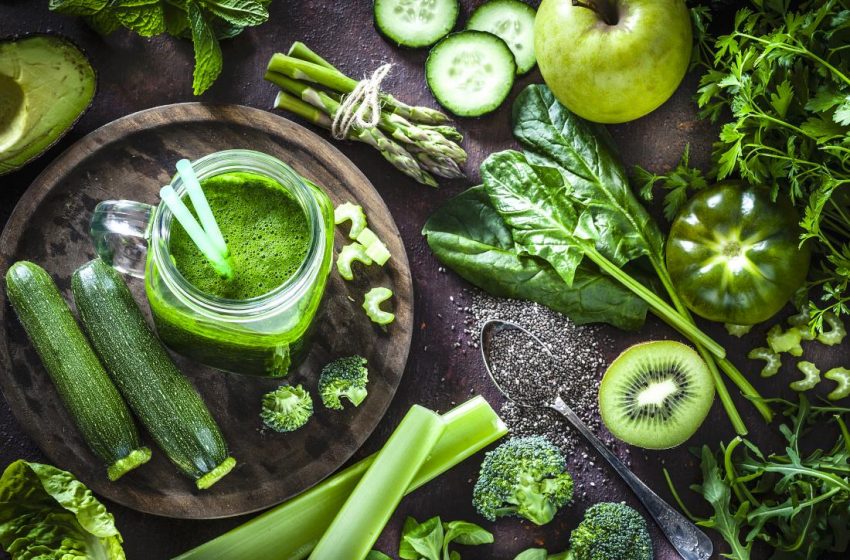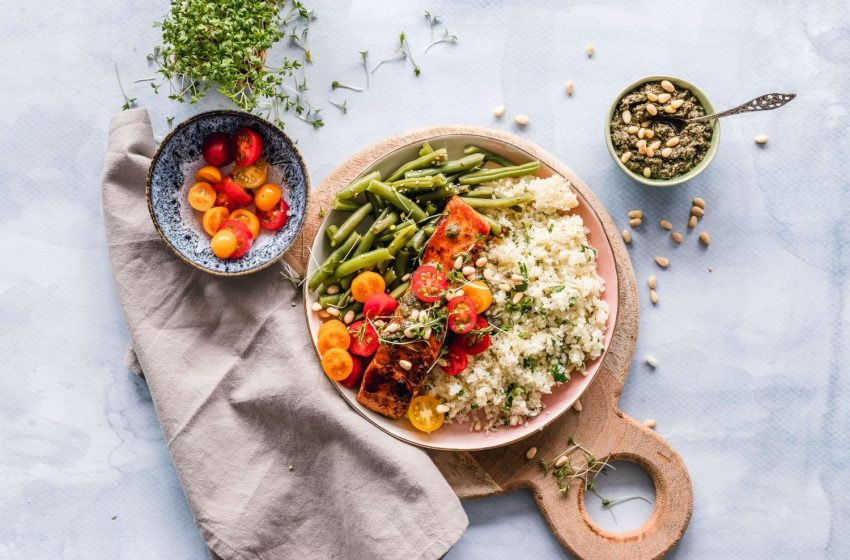You probably know that eating a wide range of fresh fruits and veggies is important. But filling your fridge with produce can quickly lead to food waste, especially if you only go grocery shopping once a week. Before you know it, you’re left with black bananas, slimy spinach, and mushy avocado. With more knowledge and a little planning, though, you can keep produce fresher, longer.
KEEP CERTAIN PRODUCE DRY
Most produce stores best in cold, moist (not wet) conditions like a refrigerator. But some produce is susceptible to extreme cold and actually lasts longer when stored at around 55 F in your kitchen or pantry.
KEEP SOME PRODUCE WET
Some fruits and veggies do best when kept wet. Scallions store best upright, roots-down in room-temperature water. Store asparagus like a bouquet of flowers: Trim the ends and set them upright in a glass of water in the refrigerator. Keep whole carrots and celery crisp by storing them in a covered container of water in the refrigerator. Change the water every two to three days to maintain freshness.
SEPARATE GASSY PRODUCE
You know the saying, “One rotten apple spoils the whole barrel”? Well, apples aren’t the only thing that can spoil if stored incorrectly. Apples, bananas, peaches, peppers, and tomatoes can accelerate the ripening process (and quickly lead to spoilage) of any neighboring produce. This happens because these items release ethylene gas. This gas can be useful when you have underripe avocados, but it can quickly lead to spoilage and food waste if it builds up.
BAG IT UP
Most produce stores best in mesh produce bags. This allows air to circulate but keeps the produce from losing its moisture and drying out. This includes items like grapes, berries, cherries, broccoli, cabbage, and celery. For best results, separate bagged fruits and vegetables into their own crisper drawers.
WRAP IT UP
Delicate produce, like herbs and some microgreens, need to be wrapped up for storage. Remove any rubber bands or twist ties, gently wash off any dirt, then carefully dry the herbs using a salad spinner or dry, clean dish towels. When dry, wrap them in a dry paper towel and place them in a resealable bag or container.
USE THE SOFTEST PRODUCE FIRST
Make plans to use the softest produce first. Mixed greens, tomatoes, and stone fruit should be used within a few days of being purchased. These items are the quickest to spoil unless you freeze them. Save items like squash, potatoes, onions, and melons for last, because, when stored properly, they can last up to two to three weeks.




